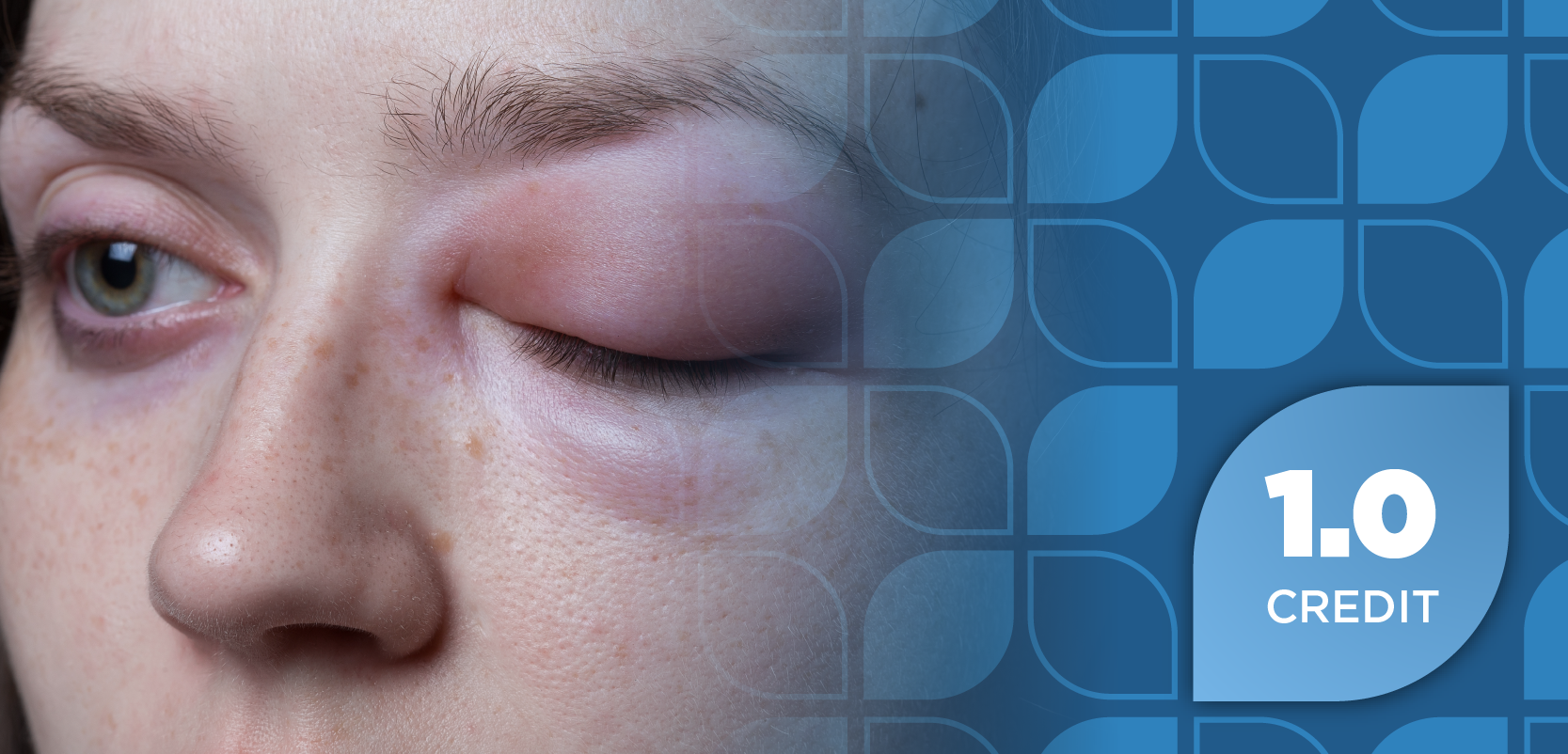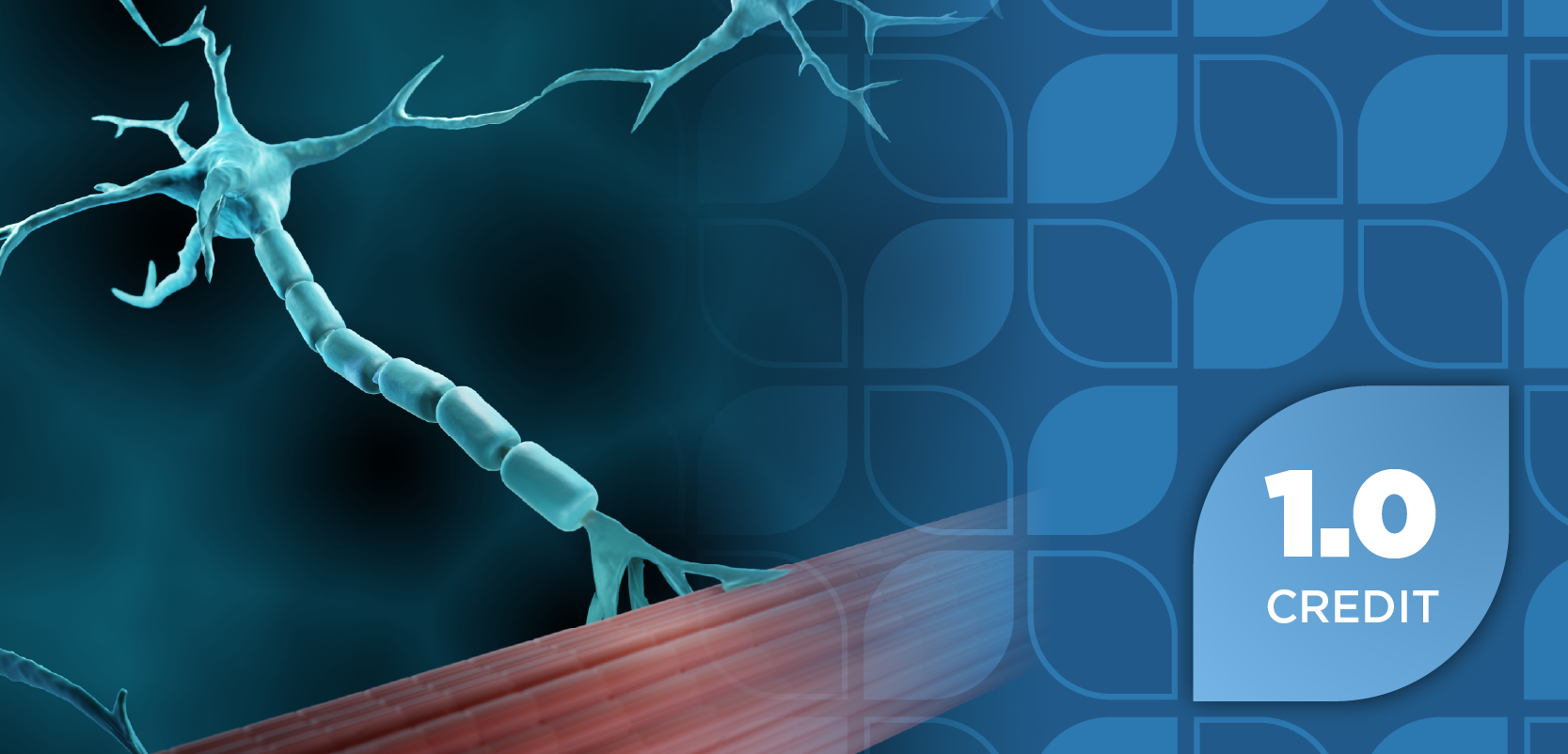|Videos|January 18, 2021
New Directions in Chemotherapy-Induced Neutropenia
A clinician and payer discuss the impact of chemotherapy-induced neutropenia on patients as well as the healthcare system, and discuss the latest in prophylactic treatment, especially during the COVID-19 pandemic.
Advertisement
Newsletter
Stay ahead of policy, cost, and value—subscribe to AJMC for expert insights at the intersection of clinical care and health economics.
Advertisement
Related Articles
Latest CME
Advertisement
Advertisement
Trending on AJMC
1
Cumulative Atropine Not Associated With Increased Risk of Ocular Events in Children With Myopia
2
West Coast Health Alliance Releases First Vaccine Guidelines, Aiming to Replace CDC Recommendations
3
Hospitals in Underserved Communities Less Likely to Adopt Health Information Technology
4
Sotatercept Shows Right Heart Gains in PAH: Anjali Vaidya, MD
5




























































